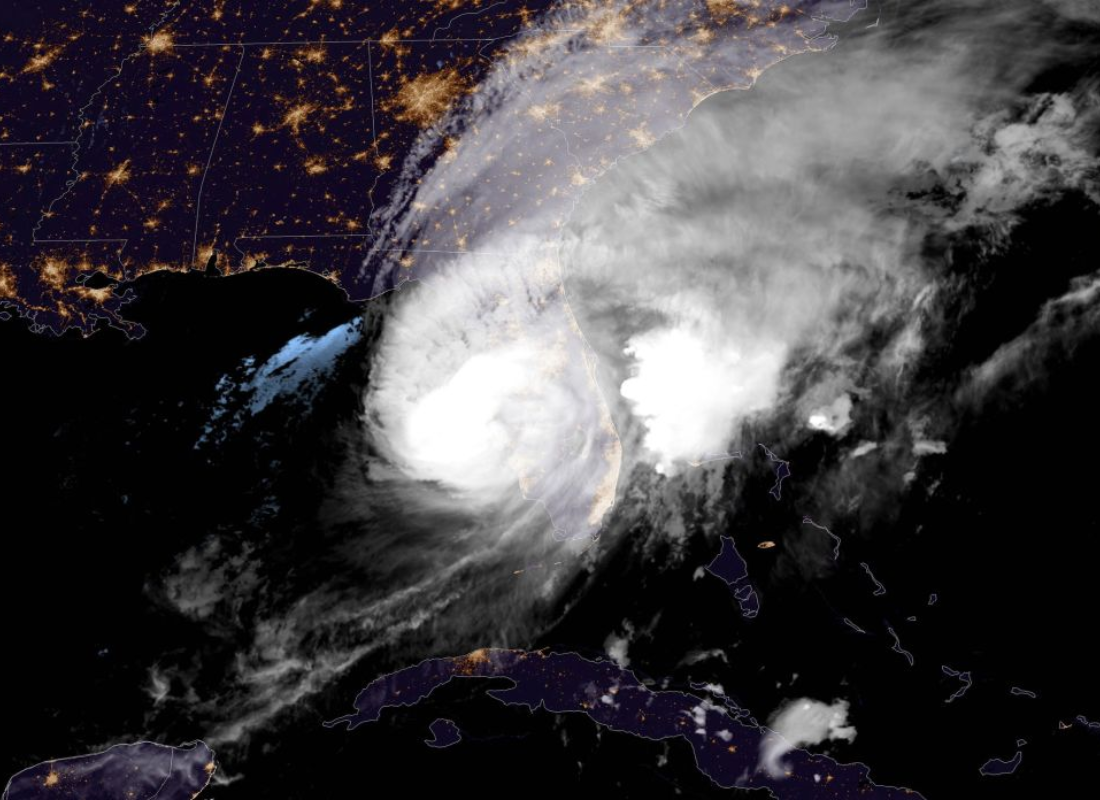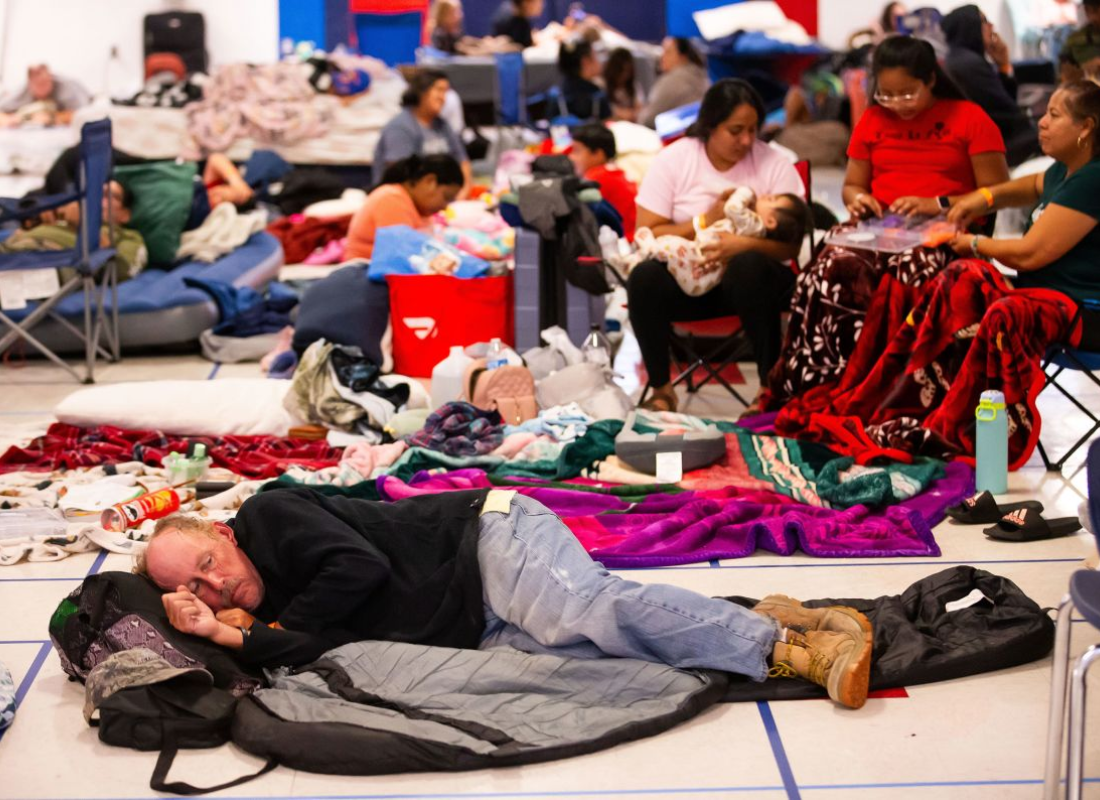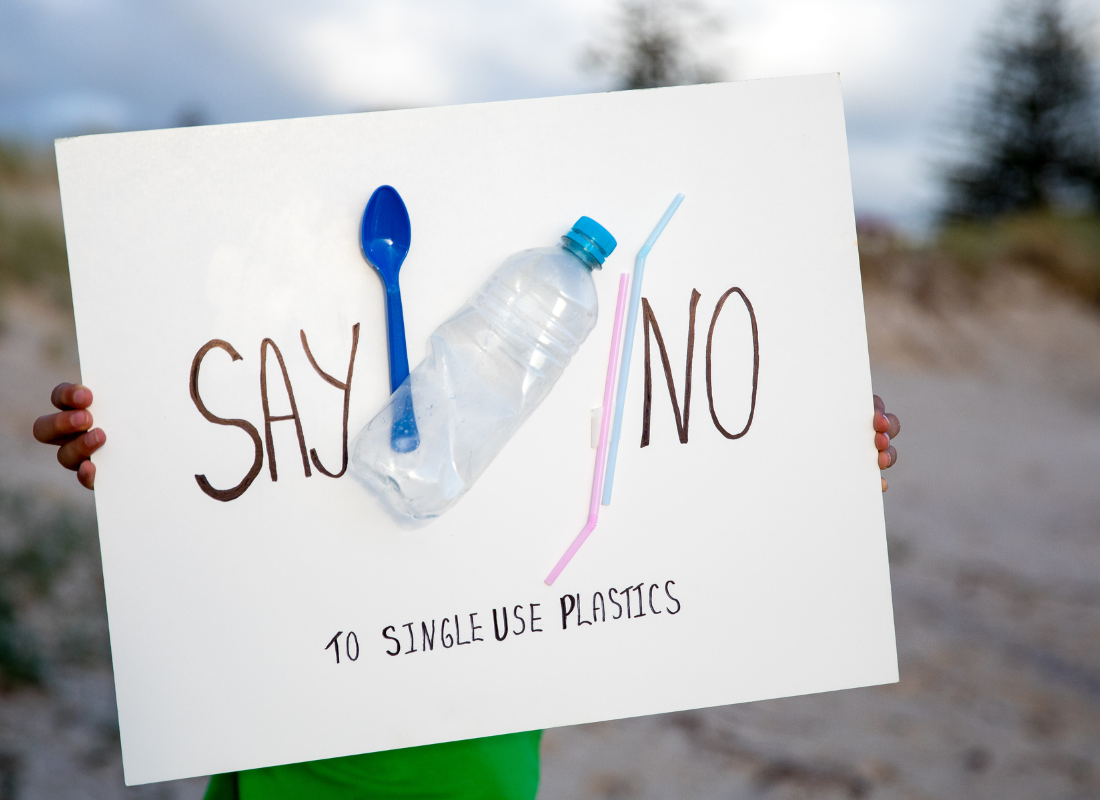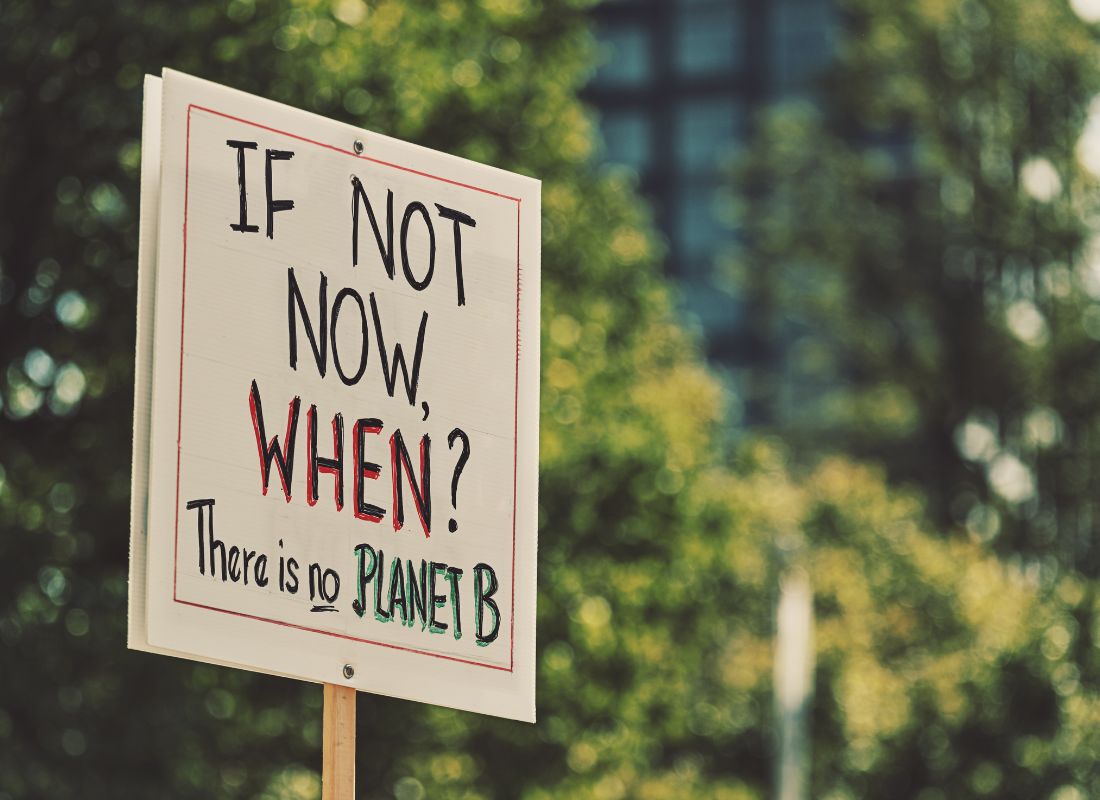
The 2024 Atlantic hurricane season has been relentless, with Hurricane Milton marking one of the most destructive storms in recent history.
 Making landfall in central Florida as a Category 5 storm in October 2024, Milton left a trail of devastation—massive storm surges, widespread flooding, and countless homes destroyed. This hurricane is just the latest reminder of the growing power of extreme weather events, which are being fueled by one critical factor: climate change.
Making landfall in central Florida as a Category 5 storm in October 2024, Milton left a trail of devastation—massive storm surges, widespread flooding, and countless homes destroyed. This hurricane is just the latest reminder of the growing power of extreme weather events, which are being fueled by one critical factor: climate change.
Climate Change and Hurricanes: A Dangerous Connection
The connection between climate change and more intense hurricanes is undeniable. As global temperatures rise, so do ocean temperatures. Warm ocean water acts like fuel for hurricanes, giving them more energy to grow in intensity. In the case of Hurricane Milton, the storm rapidly intensified over the Gulf of Mexico, where warmer-than-usual waters helped boost it to catastrophic levels.
According to NASA, Milton’s rapid intensification is part of a worrying trend where hurricanes are becoming stronger and wetter due to climate change. Warmer waters contribute to more evaporation, which means storms carry more moisture, leading to increased rainfall and severe flooding when they hit land.
Impact on Floridians: How Hurricane Milton Changed Lives
Hurricane Milton didn’t just leave physical devastation in its wake; it profoundly impacted the lives of countless Floridians. Thousands of families were displaced as storm surges flooded homes and neighborhoods, and widespread power outages left millions in the dark for days.
 The economic toll was immense, with businesses shuttered, infrastructure damaged, and recovery efforts requiring billions of dollars in aid.
The economic toll was immense, with businesses shuttered, infrastructure damaged, and recovery efforts requiring billions of dollars in aid.
 Schools and hospitals faced closures, forcing communities to adapt to the disruption. In addition to the material damage, the psychological burden of surviving such an intense storm has left lasting scars on many residents, further emphasizing the need for stronger climate resilience measures moving forward.
Schools and hospitals faced closures, forcing communities to adapt to the disruption. In addition to the material damage, the psychological burden of surviving such an intense storm has left lasting scars on many residents, further emphasizing the need for stronger climate resilience measures moving forward.
 Visual Evidence of Milton’s Destruction
Visual Evidence of Milton’s Destruction
The aftermath of Hurricane Milton is a stark visual reminder of the power of extreme weather. From homes submerged under water to cars overturned by ferocious winds, the destruction left in Florida was nothing short of catastrophic. Coastal areas were particularly hard-hit, with entire communities flooded and debris scattered across the landscape.
 The images of flattened houses, broken bridges, and uprooted trees capture the storm’s intensity and its long-lasting impact on the lives of Floridians. Including photos of this devastation emphasizes the need for stronger climate action and recovery efforts, while also paying homage to the resilience of those affected by the storm.
The images of flattened houses, broken bridges, and uprooted trees capture the storm’s intensity and its long-lasting impact on the lives of Floridians. Including photos of this devastation emphasizes the need for stronger climate action and recovery efforts, while also paying homage to the resilience of those affected by the storm.
The Role of Human Activity: Pollution and Greenhouse Gases
Climate change doesn’t happen in isolation. It is the result of decades of human activity—burning fossil fuels, deforestation, and pollution. Greenhouse gases like carbon dioxide and methane trap heat in the atmosphere, leading to the warming of our planet. This warming not only intensifies storms but also increases their frequency.
 In 2024 alone, multiple hurricanes like Helene and Milton have shattered records, and scientists predict that this pattern will continue unless we make significant changes.
In 2024 alone, multiple hurricanes like Helene and Milton have shattered records, and scientists predict that this pattern will continue unless we make significant changes.
One often overlooked factor in this equation is plastic pollution.
 While it may not directly fuel hurricanes, the production of plastic contributes to greenhouse gas emissions. From its manufacturing to its degradation in landfills, plastic releases harmful chemicals that worsen air quality and accelerate global warming.
While it may not directly fuel hurricanes, the production of plastic contributes to greenhouse gas emissions. From its manufacturing to its degradation in landfills, plastic releases harmful chemicals that worsen air quality and accelerate global warming.
 The excessive use of single-use plastics, such as straws and bottles, adds to environmental damage, making hurricanes and other climate-related disasters more frequent and severe.
The excessive use of single-use plastics, such as straws and bottles, adds to environmental damage, making hurricanes and other climate-related disasters more frequent and severe.
What Can We Do? Taking Action for the Future
Hurricanes like Milton should serve as a wake-up call. To prevent further climate disasters, individuals and businesses alike need to adopt more eco-friendly practices. Here are some actionable steps we can all take:
- Reduce plastic use: Opt for sustainable alternatives like reusable bags, containers, and biodegradable straws.
- Support clean energy: Transition to renewable energy sources, such as solar and wind power, to reduce your carbon footprint.
- Advocate for policy change: Support environmental policies aimed at reducing emissions and investing in climate resilience.
- Be mindful of your consumption: Make conscious choices to reduce waste, conserve water, and limit energy consumption.
 By making these choices, we can help slow the progression of climate change and reduce the intensity of future storms.
By making these choices, we can help slow the progression of climate change and reduce the intensity of future storms.
The Time to Act Is Now
 Hurricane Milton is a stark reminder of the challenges we face in a warming world. As these storms grow more intense, it’s clear that the choices we make today will determine the future of our planet. Reducing plastic waste, cutting down on carbon emissions, and embracing sustainable alternatives are critical steps toward a safer, healthier Earth. Every action matters, and together, we can mitigate the worst effects of climate change.
Hurricane Milton is a stark reminder of the challenges we face in a warming world. As these storms grow more intense, it’s clear that the choices we make today will determine the future of our planet. Reducing plastic waste, cutting down on carbon emissions, and embracing sustainable alternatives are critical steps toward a safer, healthier Earth. Every action matters, and together, we can mitigate the worst effects of climate change.




